
Saudi PCoC Certificate for EMC Testing
Previously, the Saudi Standards, Metrology and Quality Organization (SASO) issued the "Technical Regulation for Electromagnetic Compatibility." This regulation aims to define the basic requirements for the electromagnetic compatibility (EMC) of equipment and establish the conformity assessment procedures that suppliers must adhere to. These procedures ensure that products meet fundamental requirements designed to protect the environment and users' health and safety while promoting market surveillance.
The "Technical Regulation for Electromagnetic Compatibility" will come into effect on May 17, 2024. This regulation mandates that all traders of products under the EMC technical regulation must submit two essential documents as technical references when applying for the Product Certificate of Conformity (PCoC) through the SABER platform: the Supplier's Declaration of Conformity (SDOC) and an EMC test report issued by an accredited laboratory. These documents are crucial for demonstrating the product's electromagnetic compatibility and compliance with relevant technical regulations.
SDOC
The Supplier's Declaration of Conformity, accompanied by laboratory test reports, is used to demonstrate that the product meets specific technical standards and requirements. It contains information about the supplier and the product.
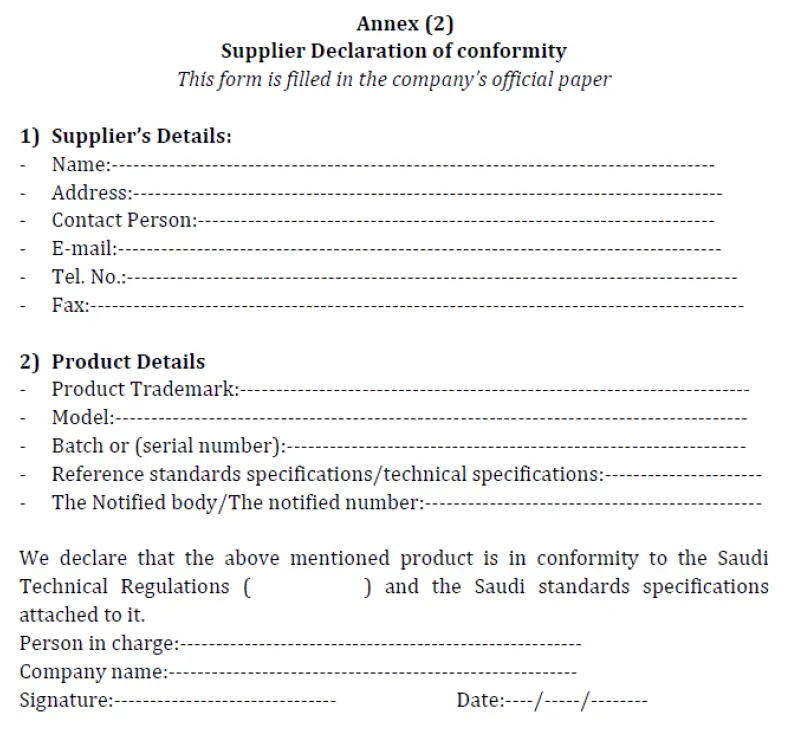
EMC Test Report
Electromagnetic compatibility (EMC) refers to the ability of equipment or systems to operate satisfactorily in their electromagnetic environment without causing intolerable electromagnetic interference to anything in that environment.
Therefore, EMC encompasses two aspects:
1. Control of Electromagnetic Interference (EMI): The electromagnetic interference generated by equipment during normal operation (i.e., electromagnetic radiation) must be below certain limits to avoid causing interference to other equipment or systems. This involves the use of techniques such as circuit layout, filtering, and shielding to minimize unnecessary electromagnetic radiation.
2. Assurance of Electromagnetic Susceptibility (EMS): Equipment must have a certain level of immunity to electromagnetic interference, meaning it should operate normally in a given electromagnetic environment without malfunctioning or degrading in performance. This requires considering EMC issues during the design phase and implementing appropriate protective measures to enhance the device's interference immunity.
Relevant Products and Customs Codes for the Latest EMC Regulation
- Pumps for liquids, whether or not fitted with measuring devices; liquid lifters: 8413
- Air and vacuum pumps: 8414
- Air conditioning: 8415
- Refrigerators (coolers) and freezers (freezers): 8418
- Devices for washing, cleaning, and drying utensils: 8421
- Motorized machines with cutting, polishing, perforating tools that rotate in a horizontal or vertical line: 8433
- Presses, crushers: 8435
- Devices used for printing on plates or cylinders: 8443
- Domestic washing and drying appliances: 8450
- Apparatus for washing, cleaning, squeezing, drying, or pressing (including hotfixing presses): 8451
- Machines for self-processing of information and units thereof; magnetic or optical readers: 8471
- Electrical or electronic lamps, tubes, or valves assembling devices: 8475
- Vending machines (automated) for goods (e.g., vending machines for postage stamps, cigarettes, food or drinks), including vending machines: 8476
- Electrostatic transformers and inverters: 8504
- Electromagnets: 8505
- Primary cells and primary cell groups (batteries): 8506
- Electric accumulators (assemblies), including separators thereof, whether or not rectangular (including square): 8507
- Vacuum cleaners: 8508
- Electrical automatic devices for domestic use with an integrated electric motor: 8509
- Shavers, hair clippers, and hair removal devices, with an integrated electric motor: 8510
- Electrical lighting or signaling devices, and electrical devices for wiping glass, defrosting, and removing condensed vapor: 8512
- Portable electric lamps: 8513
- Electric ovens: 8514
- Electron beam or magnetic welding machines and appliances: 8515
- Instantaneous water heaters and electrothermal appliances for areas or soil heating or similar uses; electric heat hair styling appliances (e.g., dryers, curlers, heated curling tongs) and hand dryers; electric irons: 8516
- Electrical signaling or safety and control devices: 8530
- Electrical alarms with sound or vision: 8531
- Electrolytic capacitors, fixed, variable, or adjustable: 8532
- Non-thermal resistors: 8533
- Electrical devices for connecting, cutting, protecting, or dividing electrical circuits: 8535
- Electrical apparatus for connecting, disconnecting, protecting, or dividing electrical circuits, shock absorbers, electric socket connections, sockets, and lamp bases: 8536
- Light lamps: 8539
- Diodes, transistors, and similar semiconductor devices; photosensitive semiconductor devices: 8541
- Integrated electronic circuits: 8542
- Insulated wires and cables: 8544
- Batteries and electric accumulators: 8548
- Cars equipped only with an electric motor that works by connecting to an external source of electrical power: 8702
- Motorcycles (including bicycles with stationary engines) and bicycles with auxiliary engines, whether or not with sidecars; bicycle sidecars: 8711
- Laser devices, other than laser diodes; optical instruments and devices: 9013
- Electronic length measuring instruments: 9017
- Densitometers and instruments thermometers (thermometers and pyrometers) and barometers (barometers) hygrometers (hygrometers and psychrometer): 9025
- Revolution counters, production counters, taximeters, odometers, linear odometers, and the like: 9029
- Apparatuses for measuring rapid changes of electrical quantities, or "oscilloscopes," spectrum analyzers, and other apparatus and instruments for the measurement or control of electrical quantities: 9030
- Measuring or checking devices, tools, and machines: 9031
- Devices and tools for self-regulation or for self-monitoring and control: 9032
- Lighting devices and lighting supplies: 9405
JJRLAB Reminder:
SASO is the authority responsible for setting national standards for all commodities and products in Saudi Arabia. The technical regulations and standards issued by SASO are mandatory for imported goods. Therefore, all products related to electromagnetic compatibility entering the Saudi market must strictly comply with these new regulations.
From May 17, 2024, all EMC products exported to Saudi Arabia must submit the SDOC and EMC test report as per the new SASO regulations to ensure compliance with Saudi Arabian technical regulations and standards.
Email:hello@jjrlab.com
Write your message here and send it to us
 ASTM D4169 Drop Test
ASTM D4169 Drop Test
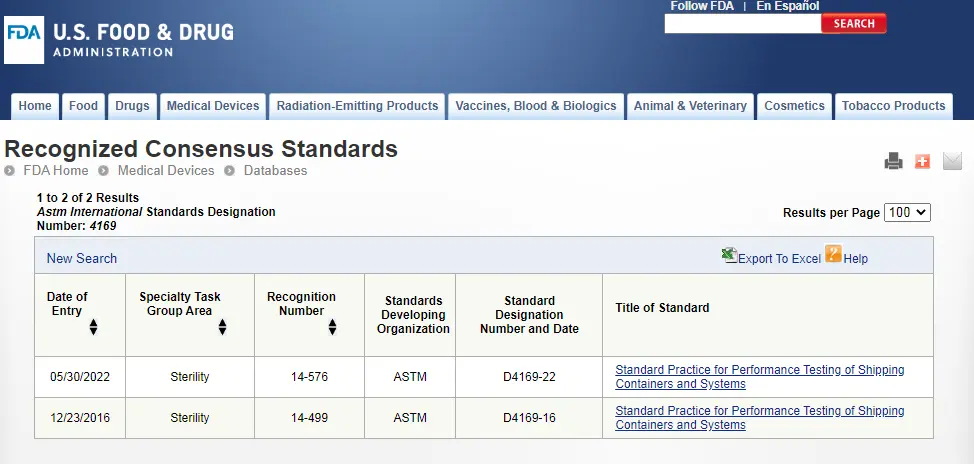 ASTM D4169 Packaging Simulation Transportation Tes
ASTM D4169 Packaging Simulation Transportation Tes
 What is ASTM D4169 Testing?
What is ASTM D4169 Testing?
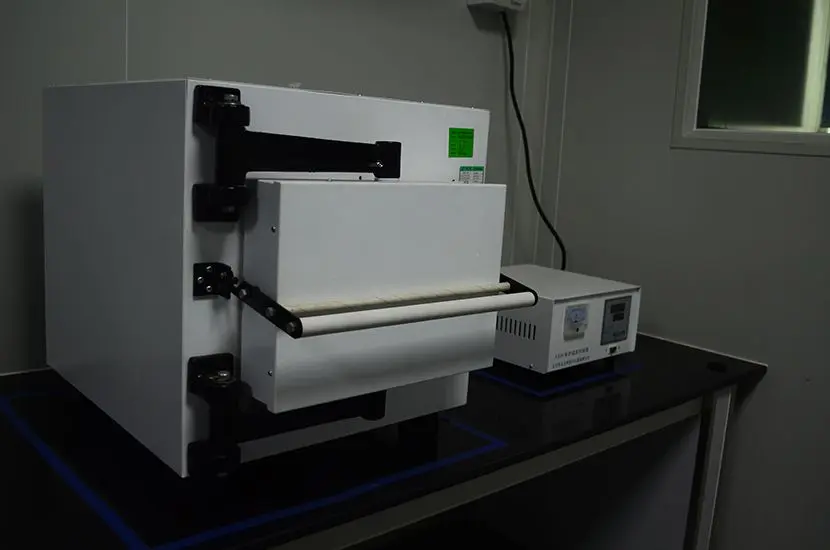 ASTM D4169-23 Test Standard Revision
ASTM D4169-23 Test Standard Revision
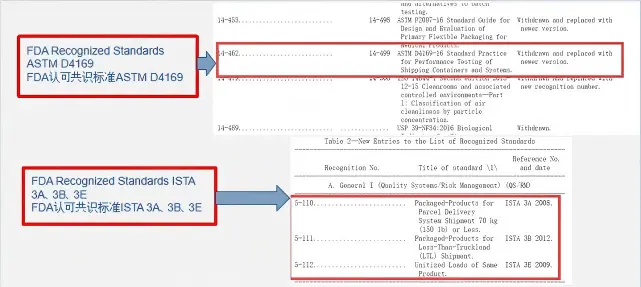 Transport Simulation Testing for Medical Device Pa
Transport Simulation Testing for Medical Device Pa
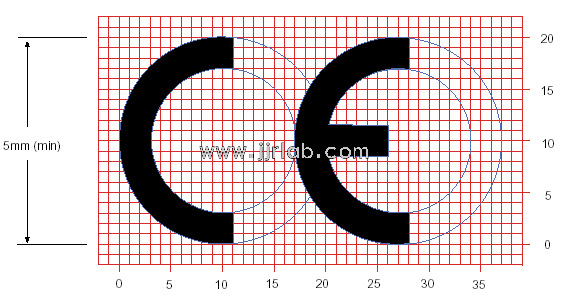 EU CE Certification Guidelines for Lighting Fixtur
EU CE Certification Guidelines for Lighting Fixtur
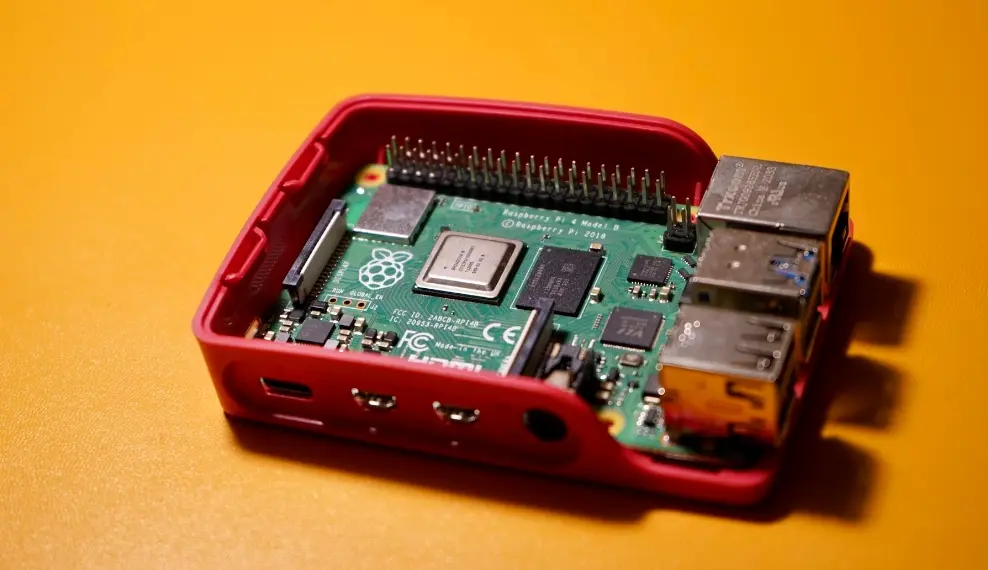 Lithium Battery Export: CB Certification & IEC
Lithium Battery Export: CB Certification & IEC
 How to Apply for One FCC Certificate for Multiple
How to Apply for One FCC Certificate for Multiple
Leave us a message
24-hour online customer service at any time to respond, so that you worry!




